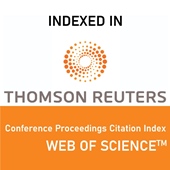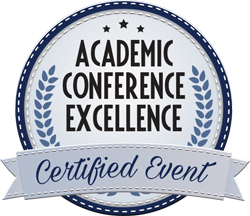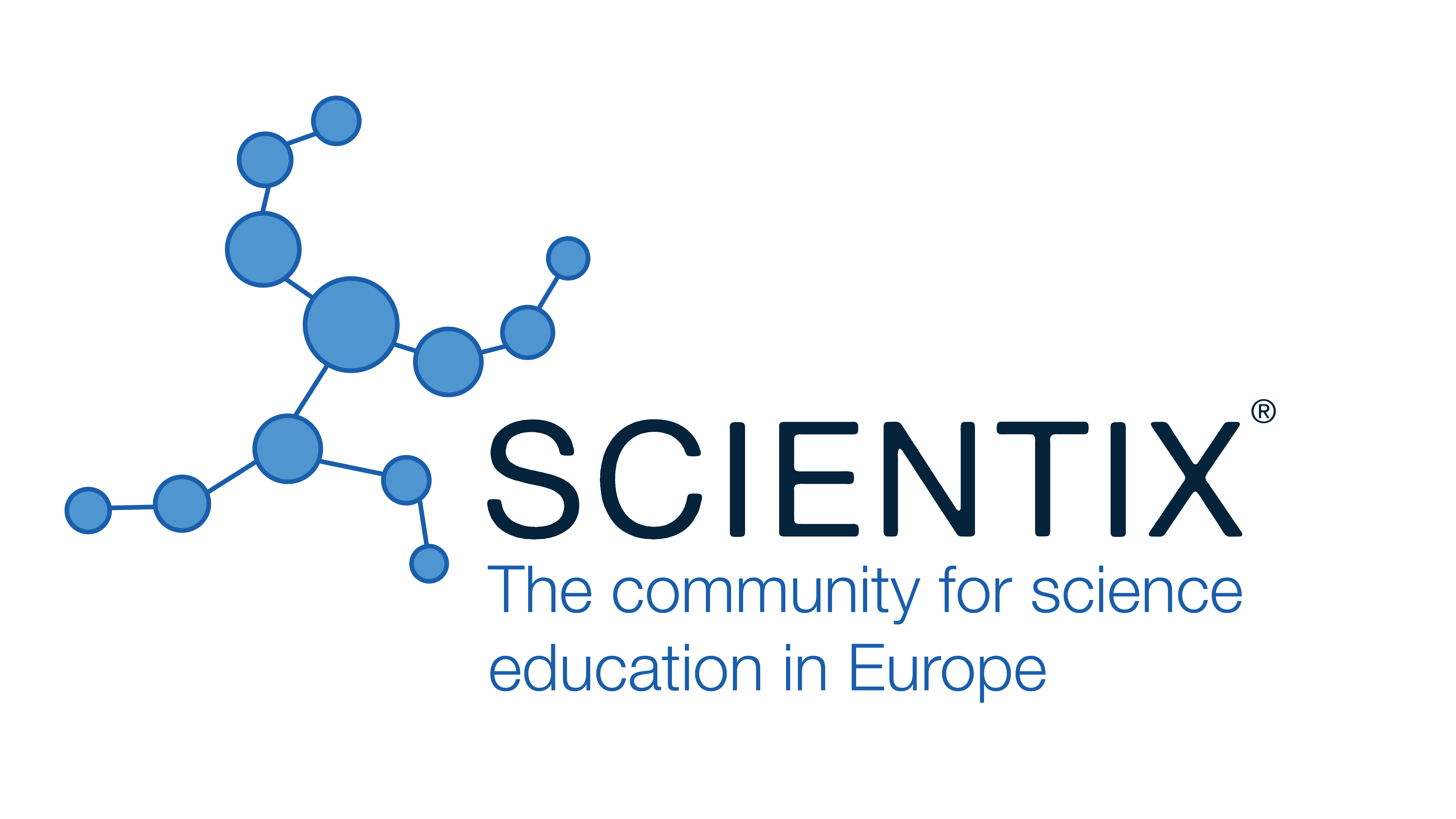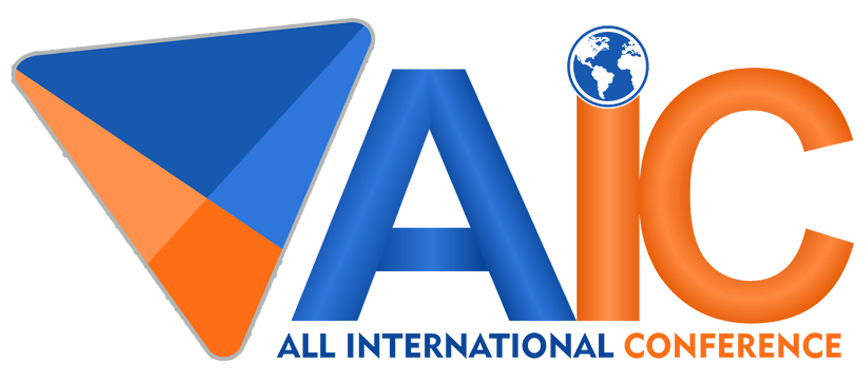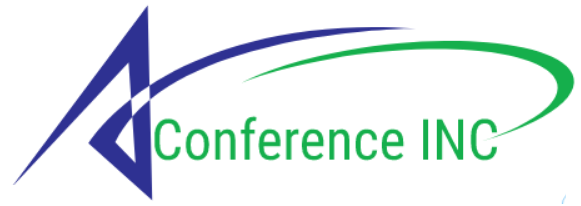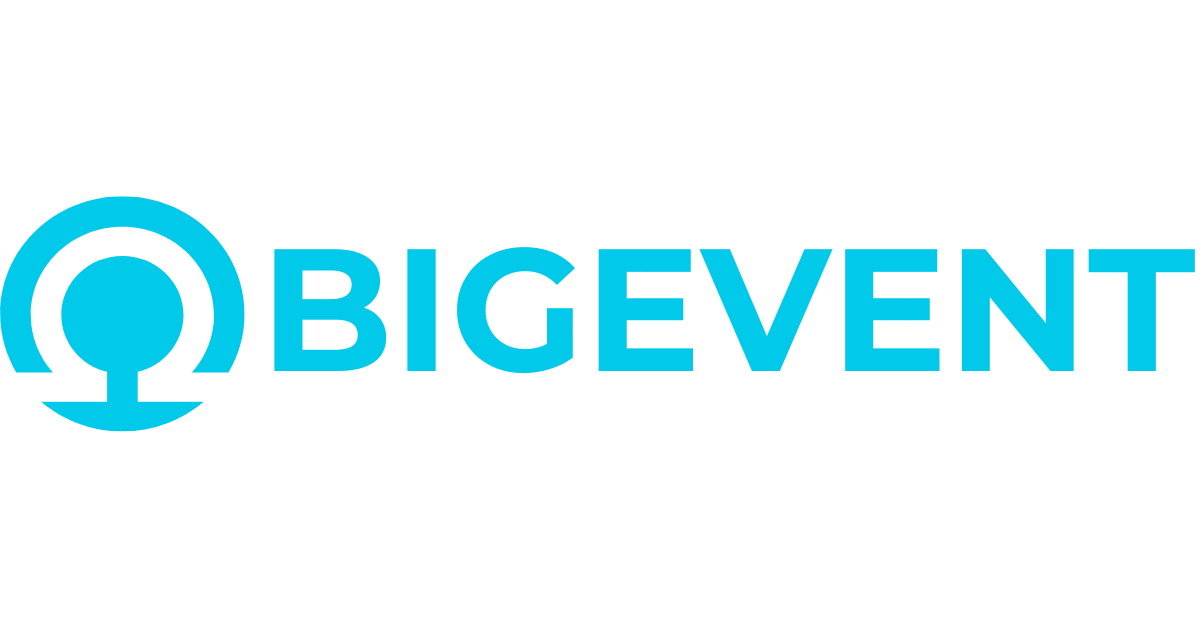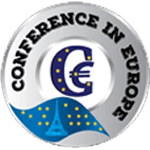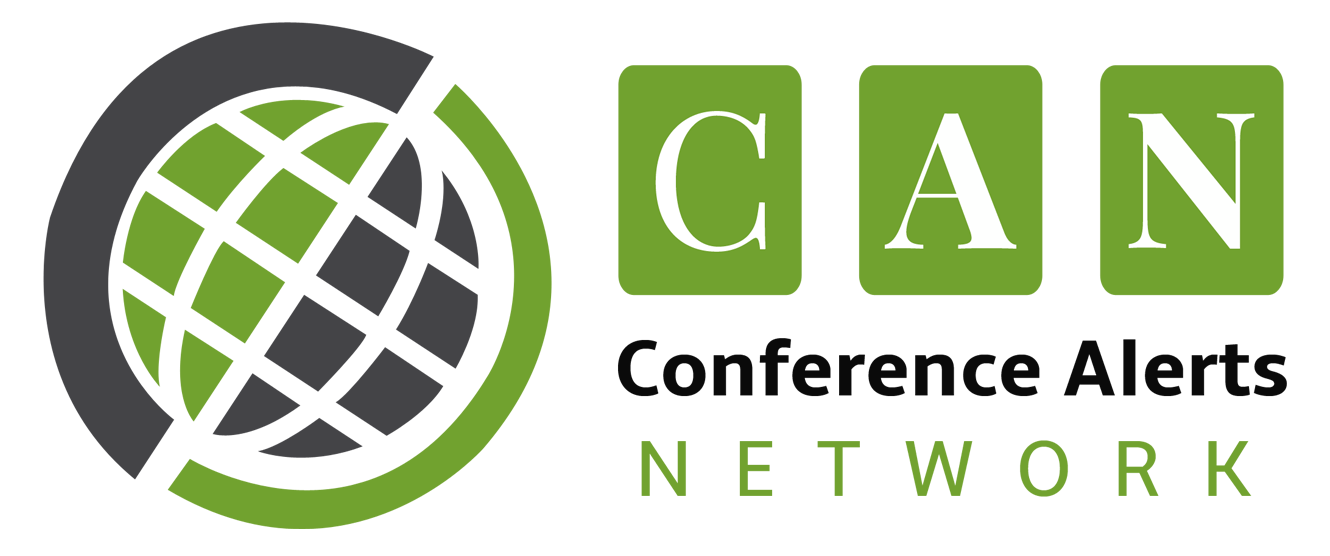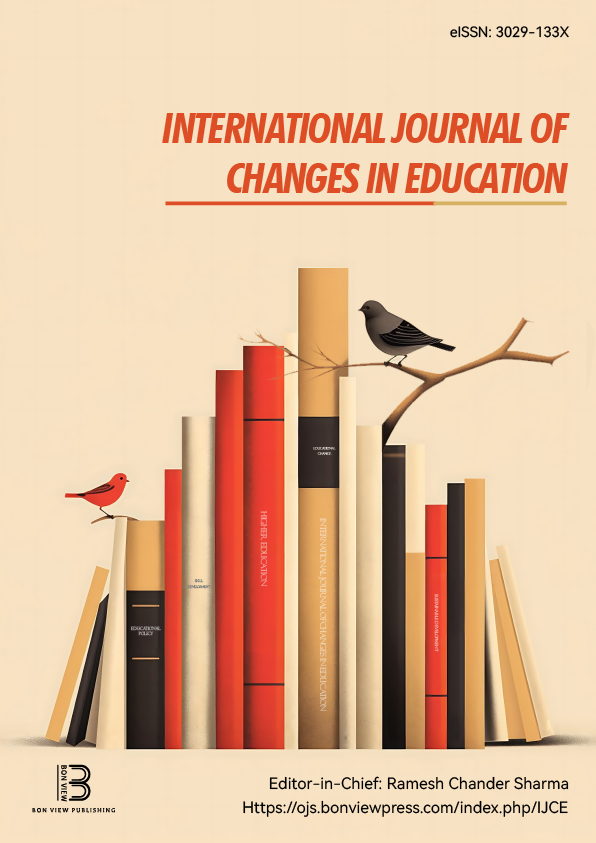Three Ways to Improve Instructional Scaffolding for Self-Study in Digital Learning Environments Insights from Two Exploratory Studies
Kathrin Schelling, Management University of East Westphalia-Lippe (Germany)
Stefanie Go, Management University of East Westphalia-Lippe (Germany)
Abstract
This paper presents three ways in which teachers can support self-study in higher education by adding instructional scaffolding to the digital learning environments they use for their courses. These suggestions are based on two qualitative studies from the HAnS project, which aims to create an AI-enhanced assistance system meant to support self-study at German universities. The first of these studies, a series of interviews with students from different academic fields, was conducted in the summer semester of 2022 to gain insight into future HAnS users’ needs and wants. The second, consisting of two group discussions, was conducted two years later, in the summer semester of 2024. Through a side-by-side analysis of these exploratory studies, we identified three scenarios that students in both samples described as negative: too many logins, invisible self-study progress, and lack of autonomy regarding exercises. We outline these scenarios, briefly discuss their implications for self-study in higher education, and offer ideas on how to use instructional scaffolding to prevent them, not just regarding the further development of HAnS, but also in other digital learning environments, such as courses in learning management systems (LMS).
Keywords: instructional scaffolding, self-study in higher education, learning management system (LMS), digital learning environment, self-regulated learning
|
REFERENCES |
Schmohl, T., Schelling, K., Go, S., Freier, C., Hunger, M., Hoffmann, F., Helten, A.-K., & Richter, F. (2023). Combining NLP, speech recognition, and indexing: an AI-based learning assistant for higher education. The Future of Education, 13. |
 The Future of Education
The Future of Education
